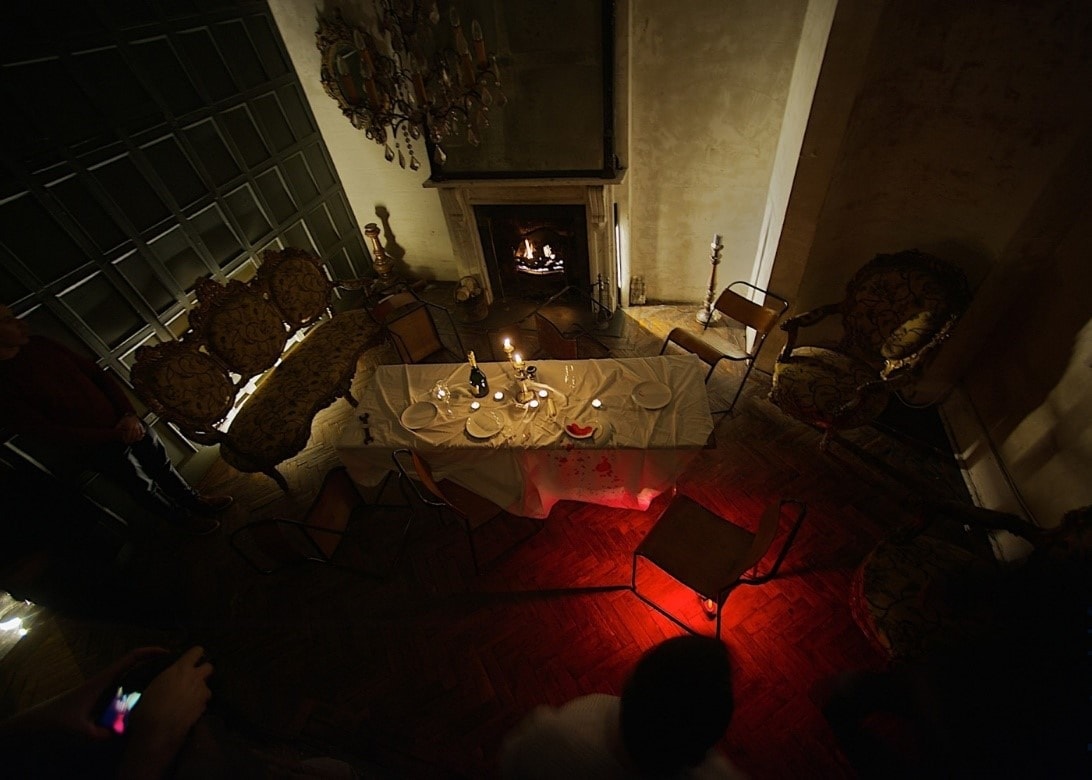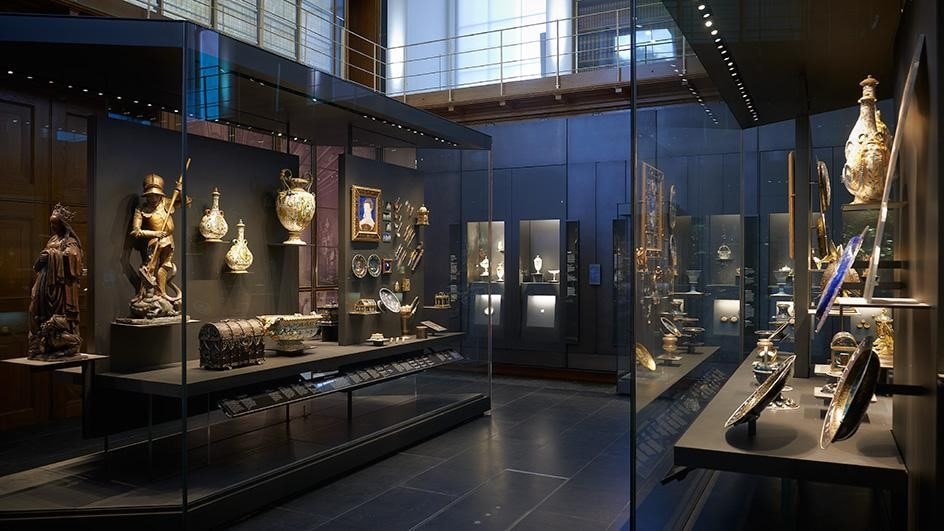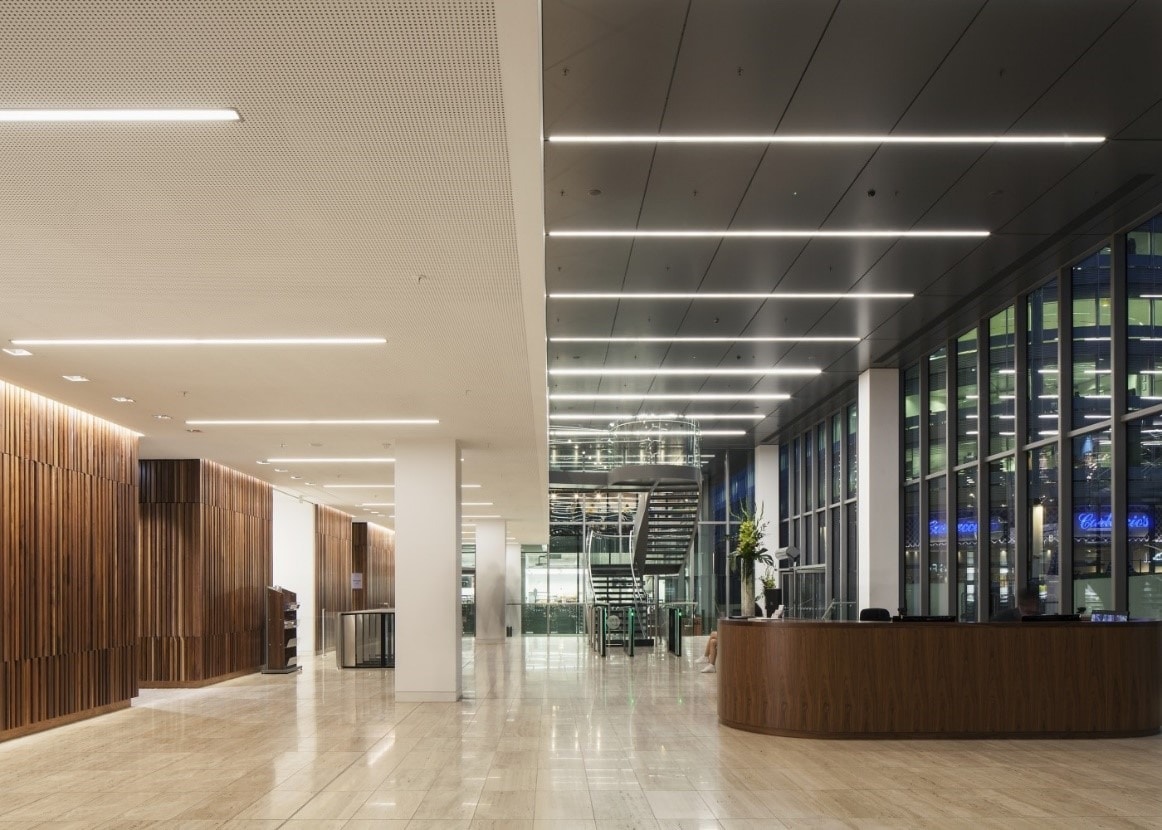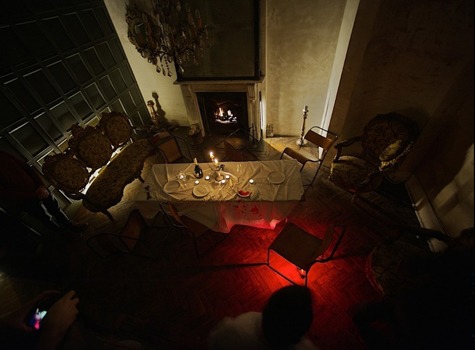At no point in our entire history of civilisation have we been able to create, curate and manipulate our living environment as we are able to now. From creating greenhouses in Antarctica to rainforests in deserts, today, technology offers us the possibility to create a built environment as per our needs and desires. However, what we often overlook is the fact that this built environment not only influences our daily life, supporting our activities and functions, but also unconsciously affects our behaviour and emotions.
How light determines our perception of space
The built environment affects our physiological, cognitive and psychological functions. The spaces and places created by the built environment are where we spend most of our lifetime, be it walking down a street, playing in the park, working in an office or enjoying a cup of tea at home. Good experience in a particular place makes you remember the place, feel attached to it, and improves the quality of life and satisfaction.
Similarly, light determines our perception of space – it enables us to experience the diverse qualities of the spaces: size, shape, texture, colour and so on. Given the fact that nearly 80% of all sensory perception is visual – light is the element with the greatest influence over the perception of a space. Therefore, good lighting design can enhance the functionality as well as the poetic and emotional impact of a space.
Take for example a luxurious living room with marble floorings, classical wall mouldings adorned with elegant furnishings and materials. A beautiful space no doubt – now imagine this space with a red light at night. The luxurious room will transform into a scene resembling a horror movie. You wouldn’t be able to see any of the luxurious, elegant furnishings or the sophisticated details, materials and textures. You would most definitely not be pleased to talk to someone there or read a book for that matter.

See how a simple change in light can create or destroy the function and emotional experience of a space. This leads us to the question – How can we create the desired atmosphere with light?
Creating a desired atmosphere with lighting
To answer this question, we need to understand the effects of light and the role it plays in influencing our visual perception.
Reflecting off one surface to another and scattering around, light defines our visual world. Once struck by illumination, a wall responds with certain effects depending on the quality and quantity of the light itself and the properties of its surface materials. Texture modifies its colour, and the angle at which light arrives alters its brightness and so does the viewing angle from which the wall is seen. One of the finest features of light is the shadows it creates, modelling and activating the surfaces around us. Visual perception takes place as the observer comes in contact and interacts with the light from the visible surroundings.
Visual perception particularly responds to the following (along with cultural and social context):
- Brightness
- Contrast
- Colour
- Pattern
Through understanding, manipulating and controlling these characteristics, a suitable visual environment can be created. The knowledge of these focal accents, and their power of attracting vision as people respond to the environment, lies at the centre of creating a successful lighting design scheme.
Brightness
The phenomenon of brightness is fundamental to the experience of visual perception. The appearance of a given space is an individual opinion. It is therefore difficult to determine the right amount of brightness as it is subjective and relative. For instance, just by doubling the amount of light in space will not make it appear twice as bright. What is important is to increase the perceived brightness.
Our eye is capable of detecting our surroundings over a large range of brightness, from moonlight to direct sunlight, by adjusting our pupil and controlling the amount of light entering the eye. Although, there is a limitation as we sometimes feel a lack of light even during the day or glare at night. The perception of brightness is influenced by a lot of other factors – the reflectance of the room surfaces, the use of the space, and so on. Generally speaking, context plays a significant role, as do expectations.
Furthermore, brightness distributions in space provide information about our surrounding environment. It influences our behaviour, spatial perception and circumstances, connections, emotions and mood. The brightness distribution makes spaces tangible and hence help us experience architectural spaces.
A study by Flynn et.al 1973-1975
In a classic and often-cited study by Flynn et.al 1973-1975, a rectangular conference room was modified by different lighting combinations including wall-washing (Indirect lighting) and downlighting (Direct lighting).
The findings discovered a brightness-spaciousness relationship and are valuable to understand the emotional impact of light. Indirect or reflected lighting conditions were given positive responses by the participants, including specific qualities of “pleasantness”, “harmonious”, “sociable” and “interesting”. Later studies also confirmed that rooms appear more spacious by illuminating the visible surfaces.
The creation of a clear, well designed, and well-balanced lit environment is vital for the spatial perception and psychological effects. The designer must understand and control the brightness distributions in space. It must be understood according to space, use and users – when and which spatial boundaries can emphasise and illuminate.
Contrast
Contrast can be explained as differences in luminance values. This difference allows us to recognise the three-dimensional form or texture of objects. This contrast is essential in an object and background relationship.
High contrast between the object and the background is often seen as dramatic, while low contrast can result in a uniform and flat appearance. We usually start differentiating objects from the background with a contrast ratio of 1:2 or 1:3. In museums and retail settings, the contrast difference between the displayed object and background can often be as high as 1:10 or 1:15, to highlight the objects and make them stand out.

Colour
The colour of light is produced by different wavelengths of light – from longer wavelengths of red to the shorter wavelengths of blue, and encompassing all the other colours between them. The colour of light is emotionally projected by experience that has been culturally and socially accumulated. For example, red light is associated with fire and the sun, and is read as a sign of warmth or warning.
When we look at the colour of an object, we are actually seeing only the reflected wavelengths from that object. To give an example, a red apple appears red because it is reflecting back the red wavelength and absorbing the rest. As a result of this phenomena, if you shine a red light on a blue object, it will appear black as the light does not contain the blue wavelength that makes the blue object appear blue.
The different wavelengths of light
White light is a combination of the different wavelengths of light. A simple experiment of passing sunlight through a prism reveals the colours of the rainbow which it contains. The spectral distribution of light from various light sources defines the different wavelengths present in the white light they create. For example, the spectral composition of sunlight contains all wavelengths. As a result, sunlight can render all the visible colours and is considered as the benchmark to measure the colour rendering properties of all artificial light sources.
Different artificial light sources create light using different methods – for example, incandescent lamps produce light through the heating of a filament whereas LED’s produce light when electrons jump from positive to negatively charged surfaces in a semi-conductor. This difference in producing light creates a difference in the spectral composition of the light i.e. the light is made up of different amounts of the visible wavelengths. Sunlight has a continuous spectral composition whereas a fluorescent lamp by comparison will have a limited spectrum. Hence, white light is not always made up of all the visible wavelengths. For this reason, care needs to be taken whilst using different light sources or whilst using them in combination with daylight.
Pattern
Patterns are recognised by the brain’s ability to understand similar forms as an image during the process of interpreting information through the eye. Our brains tend to simplify complex patterns and geometries and look for patterns in compound images. The debate about beauty continues today, but we generally agree that the place where the pattern breaks down is a defect.
In regards to light – it can emphasize architectural patterns and destroy them. So, when installing lighting fixtures, you can create patterns with lighting fixtures or design them in harmony with the structure of the building.

Creating a suitable and appropriate visual environment
The narrative until now, on the effects and role of light, has been fragmented. We have tried to break down the characteristics and properties of light into elements to better explain and analyse these effects. But the fact is that these effects in a real visual environment are far more complex and interactive.
Light distribution, intensity, direction, colour, brightness, contrast and patterns all interact and work together to influence our visual perception. These factors work together with our cultural and sociological backgrounds to affect our emotions, create comfort, change our moods and allow us to perform different functions. Therefore, in order to create a suitable and appropriate visual environment, we need to understand and design the various aspects of light.
For help creating the perfect visual environment with the right lighting, contact our team of lighting design consultants for more information.
